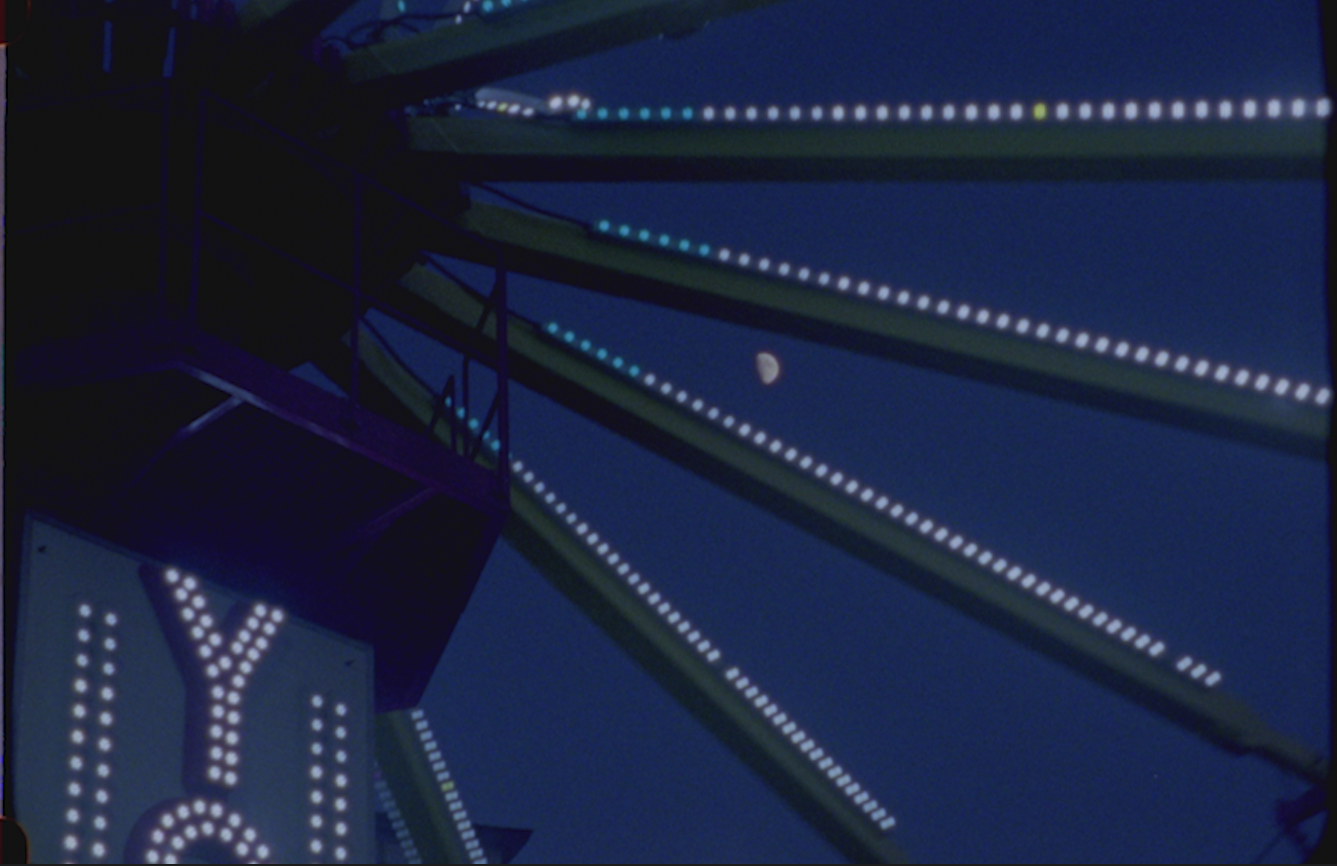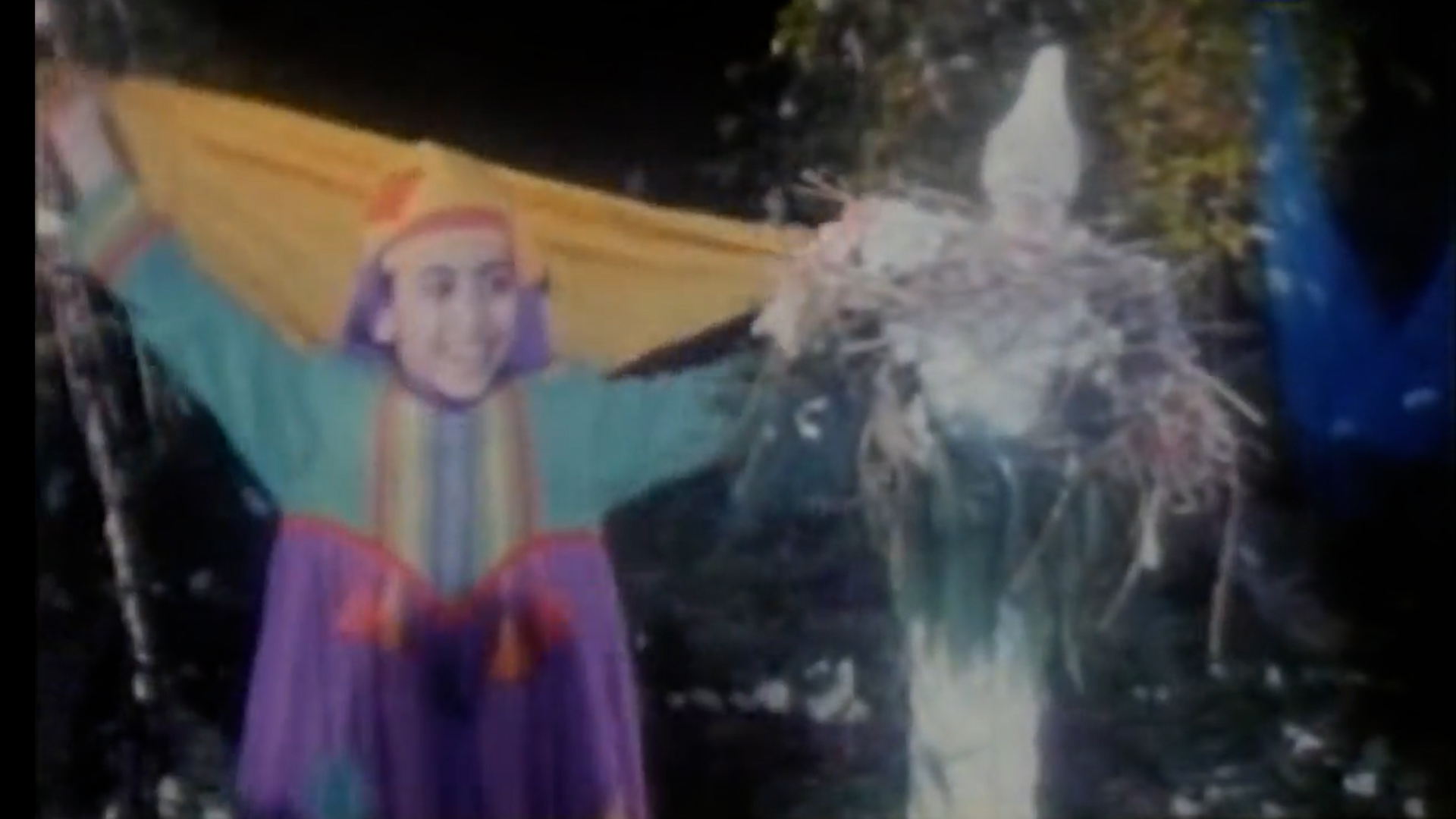





ARTIST STATEMENT
What is uncensored art? How does an artist create without fear of offending, disturbing, violating, or provoking? And what about the moments when creation demands that very disruption, when the work must confront the systems that bind, silence, and forbid?
Path of Totality is a short experimental documentary that examines the violence of censorship through a personal lens. The project is rooted in an intimate study and partial recreation of one of my father’s early feature films, Maah Pishooni (Moonface), which he made in Iran in the years following the 1979 revolution. One of the first post-revolutionary musicals, the film was a bold and playful expression that challenged new cultural restrictions around music, dance, and the representation of women. These artistic choices—once taken for granted—became acts of defiance, triggering the Islamic regime’s rigid censorship apparatus. The film was ultimately banned and suppressed, leaving behind fractured reels, erased performances, and a disappointed artist.
More than three decades later, I find myself confronting a different but familiar form of censorship. As an Iranian artist working in the United States, I experience the silencing power of political scrutiny, institutional gatekeeping, and public suspicion. Censorship here is more diffuse—embedded in funding structures, social media algorithms, expectations of identity performance—but nonetheless stifling. What we are allowed to say, how we are permitted to express, protest, or imagine, continues to be shaped by invisible forces.
In Path of Totality, I draw a visual and conceptual bridge between my father’s censored film and recent footage I captured during the total solar eclipse that passed across the United States in 2024. The eclipse serves as a metaphor and narrative thread: the moon becomes both subject and symbol—eclipsing, revealing, and distorting light. Its path of totality parallels the arc of
artistic action, erasure, and re-emergence.
The film combines 16mm footage, handmade animation, and hybrid analog-digital editing techniques. Through this layering of textures and time, I explore inheritance, rupture, and the persistence of artistic resistance. The work is not just a homage to my father’s censored film, but a meditation on how creative expression survives under regimes of control, whether religious, political, or cultural.
Path of Totality asks what it means to inherit a censored image, and how we might reclaim, remake, and re-circulate what was once forcibly hidden.

ARTIST BIO
Homa Sarabi is an Iranian-born artist, educator, and curator, living in the U.S. Working across film, installation, and socially engaged practices, her work explores the intersection of personal and political, investigates collective memories, and researches contemporary histories. She teaches media and visual arts, and her curatorial practice spans from experimental cinema to international, independent, and documentary films. Her practice bridges the poetic and the political, often drawing from place-based research, collaborative processes, and her roots in Iranian culture and literature.





